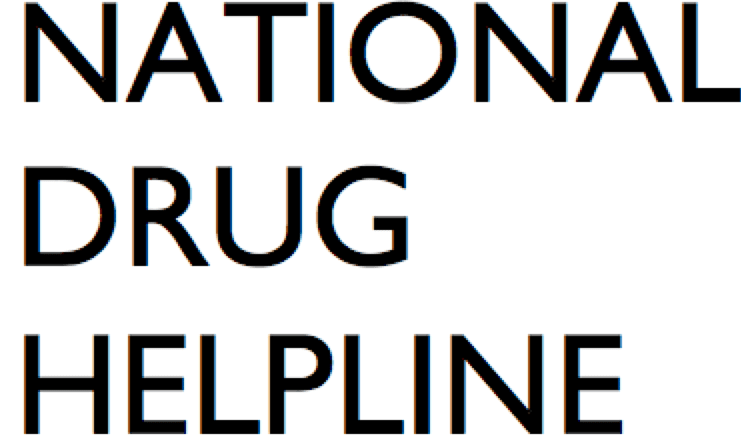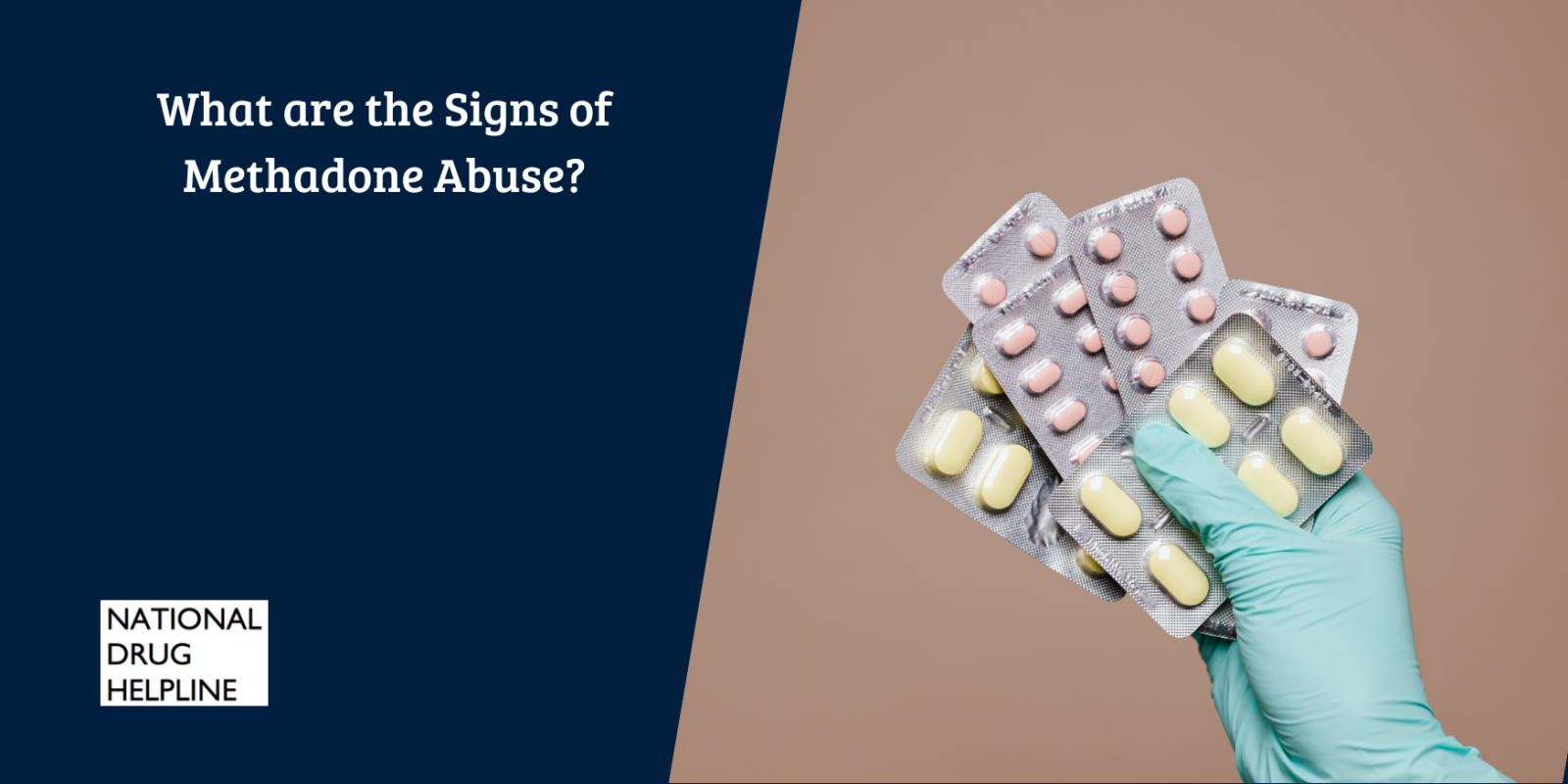Methadone is a prescription medication that is commonly used in the management of chronic pain, and treatment of opioid use disorder. Although it is effective when taken as directed, methadone may lead to misuse and dependence. By understanding the signs of methadone abuse, early detection and intervention are possible.
In this article, we will look at the common signs and symptoms of methadone abuse, what methadone addict behavior looks like, and how to tell if someone is on methadone.
What Is Methadone?
Methadone is a long-acting opioid agonist that works by changing how the brain and nervous system respond to pain. [1] It reduces cravings and withdrawal symptoms for people addicted to stronger opioids such as heroin or fentanyl. If you use it as prescribed, then methadone can be a lifesaving treatment. But, like most opioids, methadone has the potential to become addictive. It is also known to be misused for its sedative and euphoric effects.
Why Is Methadone Abuse Dangerous?
The slow onset of action and the long half-life of methadone make it particularly risky for overdose. [2] People who abuse methadone tend to take additional doses before allowing the effects of the first dose to peak. This can significantly increase the risk of respiratory depression, unconsciousness, and death.
Therefore, it is important to be able to recognize the signs of methadone addiction to prevent its use from turning into abuse. By doing so, long-term health consequences or fatal outcomes can be prevented.
Common Signs and Symptoms of Methadone Abuse
If you want to know whether someone you know is misusing methadone, here are some of the most common red flags [3]:
Physical Symptoms
- Drowsiness or sedation
- Slurred speech
- Nausea or vomiting
- Slow or shallow breathing
- Constricted (pinpoint) pupils
- Itchy skin or frequent scratching
- Weight loss or poor appetite
These signs of methadone use may indicate abuse if they are persistent or interfere with daily life.
Behavioral Changes
- Secretive behavior: Hiding medication or lying about dosage
- Doctor shopping: Visiting multiple doctors to get extra prescriptions
- Neglecting responsibilities: Skipping work, school, or family obligations
- Mood swings: Irritability, depression, or aggression
- Social withdrawal: Avoiding friends and family
- Changes in appearance: Poor hygiene or looking disheveled
Such behavioral patterns are often associated with methadone addict behavior and may signal a deeper issue.
Psychological Symptoms
- Confusion or disorientation
- Anxiety or paranoia
- Memory problems
- Inability to concentrate
- Emotional numbness
Long-term abuse can also lead to dependence and worsening mental health conditions.
How to Tell if Someone is On Methadone
When taking prescription methadone, not everyone may display the obvious signs of addiction. But, there are some subtle signs that you can hint towards methadone use such as:
- A “high” or euphoric state shortly after taking the drug
- Frequent nodding off during conversations
- Complaints of needing more methadone to feel relief
- Withdrawal symptoms when not using (sweating, chills, anxiety, muscle pain)
- Carrying around pill bottles without labels or using methadone without a prescription
How to tell if someone is on methadone depends largely on how they are using the drug, therapeutically or recreationally.
Methadone Addict Behavior: What to Look For
Methadone addiction can affect all areas of life. With time, people begin to prioritize the drug over everything else. To identify behaviours suggestive of methadone addiction, look out for:
- Compulsive drug-seeking: A strong urge to find and use methadone despite negative consequences
- Increased tolerance: Needing higher doses to achieve the same effect
- Withdrawal avoidance: Using methadone just to prevent uncomfortable symptoms
- Loss of control: Inability to stop using despite attempts to quit
These are some key indicators of addiction that may signal that professional help is required.
Risks of Long-Term Methadone Abuse
The risks of ongoing methadone misuse are:
- Heart rhythm problems (QT prolongation)
- Liver damage
- Cognitive decline
- Depression or suicidal thoughts
- Overdose and death
Mixing methadone with other central nervous system depressants such as alcohol or benzodiazepines can significantly increase the risks of complications.
What to Do If You Suspect Methadone Abuse
If you or someone you love have signs of methadone abuse, it’s important to take action:
- Talk to a healthcare provider: They can assess the severity of the problem and recommend appropriate treatment options.
- Don’t stop methadone abruptly: Quitting cold turkey can be dangerous due to withdrawal. Detox should be supervised.
- Seek professional treatment: This might include outpatient therapy, inpatient rehab, or medication-assisted treatment (MAT).

You can also contact confidential support lines such as the National Drug Helpline at (844) 289-0879.
Treatment for Methadone Addiction
Recovery is possible with the right support and treatment plan. Common approaches to manage methadone addiction are:
Medical Detox
Supervised withdrawal helps manage symptoms safely and comfortably.
Inpatient or Outpatient Rehab
Structured environments provide therapy, counseling, and life skills training.
Behavioral Therapies
Cognitive Behavioral Therapy (CBT), motivational interviewing, and group counseling are effective in addressing the root causes of addiction.
Aftercare Programs
Ongoing support through peer groups and relapse prevention strategies is key to maintaining recovery.
Final Thoughts
You can make a life-changing difference just by recognizing the signs of methadone abuse early. If you observe troubling patterns in yourself or someone close to you, whether it’s physical symptoms, behavioral shifts, or compulsive use, you should not ignore them.
By staying informed and compassionate, you can support recovery from methadone addiction and protect yourself or your loved one from the dangers of methadone misuse.
References
| ↑1 | Sunilkumar MM, Lockman K. Practical Pharmacology of Methadone: A Long-acting Opioid. Indian J Palliat Care. 2018 Jan;24(Suppl 1):S10-S14. doi: 10.4103/IJPC.IJPC_180_17. PMID: 29497249; PMCID: PMC5806300. |
|---|---|
| ↑2 | Lugo, Ralph A., Kristin L. Satterfield, and Steven E. Kern. “Pharmacokinetics of methadone.” Journal of pain & palliative care pharmacotherapy 19.4 (2005): 13-24. |
| ↑3 | Azadfard, Mohammadreza, Martin R. Huecker, and James M. Leaming. “Opioid addiction.” (2017). |

